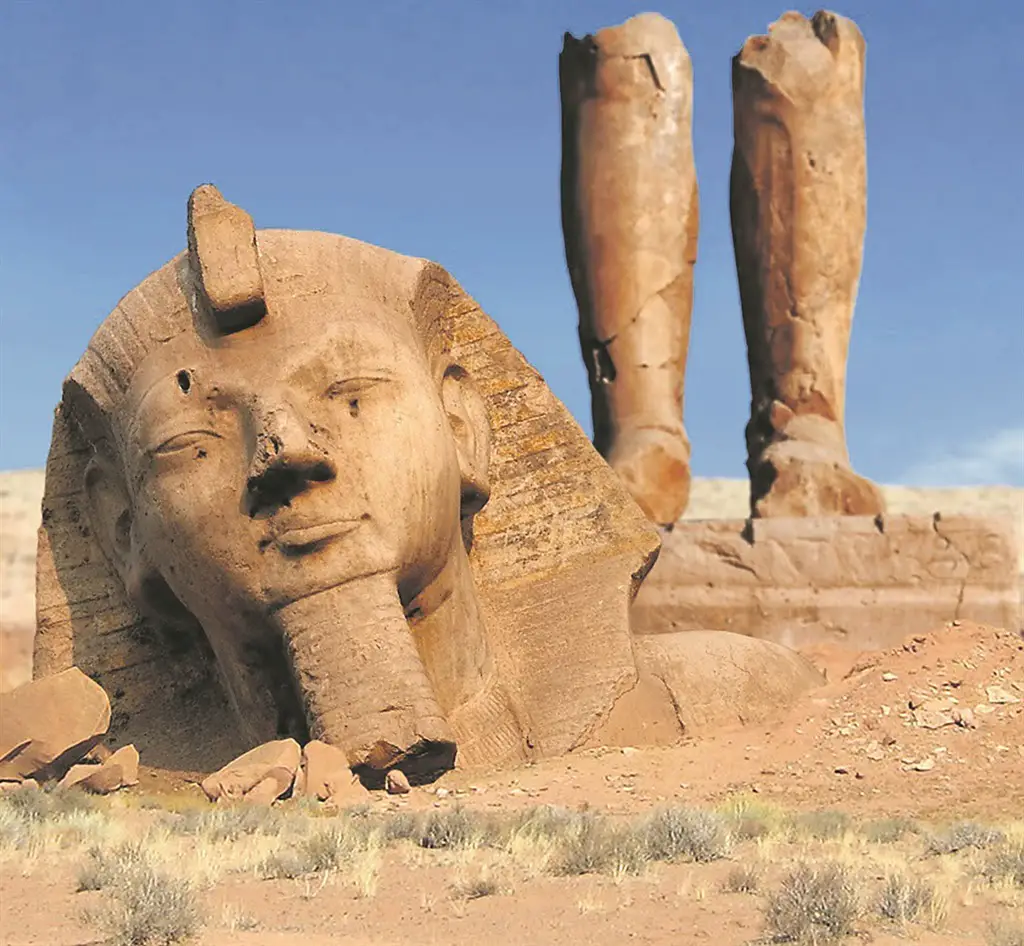
If the statue unearthed at Heliopolis turns out to be him, it will not replace the frisson of gazing on a face whose “shattered visage” in Shelley’s poem displayed the Egyptian dictator’s “frown, and wrinkled lip, and sneer of cold command”. and was famous for his statesmanship, architecture,military leadership, administrative abilities, and building activity. He was an Egyptian pharaoh from 1279-1213 b.c.e. Round the decay Of that colossal Wreck, boundless and bare The lone and level sands stretch far away. The poem Ozymandias by Percy Bysse Shelley was reputedly written about the Egyptian KingRameses 11 Ozymandiaswas his Greek name.

My name is Ozymandias, King of Kings Look on my Works, ye Mighty, and despair Nothing beside remains. In antiquity, Ozymandias was the Greek name for Ramses II, who today lies in Cairo’s Egyptian Museum, where he can be viewed up close and personal (closer than any of his subjects could have got) through a glass-topped case. He’s using Ramses as an example of what will happen to all kings. Known as the Younger Memnon, the statue arrived in London in 1821, three years after Shelley published his poem in the Sunday newspaper The Examiner. Shelley’s poem “Ozymandias” – which contains the line “Look on my works, ye Mighty, and despair!” – was written soon after the British Museum acquired one of two granite heads from Ramses’ mortuary temple in Thebes. There is no indication that the Israelites ever lived in Ancient Egypt and even the Sinai Peninsula shows almost no sign of any occupation for the entire second millennium BCE. On this reading, the Book of Exodus is simply a “charter myth” for Israel: the people were delivered from slavery by Yahweh and therefore belong to him by covenant. However, archaeological evidence does not support the historical authenticity of the Book of Exodus and the majority of modern biblical scholars believe it was given its final form long after the events it purports to describe. It used to be thought that the biblical Exodus took place during the reign of Ramses II. The young Ramses made a tactical error, leading to one of his divisions being destroyed, and while the Hittite army was ultimately forced to retreat, the Egyptians were unsuccessful in capturing Kadesh. Fought in 1274 BC against the Hittites, it is believed to have involved up to 6,000 charioteers. Ramses II’s most famous battle was at Kadesh, in present day Syria. Ozymandias calls himself the King of Kings. His reign was marked by numerous military campaigns, most of them to take back territories lost to Egypt during the rule of previous pharaohs. Later Egyptians called him the “Great Ancestor”.

Ramses II – also known as Ramses the Great – ruled for 66 years from 1279 to 1213 BCE. The discovery was made near the ruins of Ramses II’s temple in the ancient city of Heliopolis (whose surviving remnant is the obelisk of the Temple of Ra-Atum still standing in its original position in the eastern part of modern-day Cairo.)ĭestroyed in Greco-Roman times, the Temple of Ra-Atum was one of the largest in Egypt, almost double the size of Luxor’s Karnak, and dedicated to the cult of the sun god Atum, who came to be identified with Ra and then Horus. A sonnet about the remnants of a statue standing alone. The poem also serves to reference the original Spirit Tower that may have existed before Misery.Archaeologists have found a statue buried in a Cairo slum that may depict the pharaoh Ramses II. Published in The Examiner on 11 January 1818, ‘Ozymandias’ is perhaps Percy Bysshe Shelley’s most celebrated and best-known poem. The poem's context in Relics of Hyrule is to allude to Ganon's reign over the Gerudo and the ultimately ephemeral nature of his rule.

Ozymandias was included in version 6.0 with the rest of the Ruptured Towers. Ozymandias is found near the Dusky Tome in Misery. Why does Ozymandias refer to himself as king of kings Answer: Ramesses II was the king from whom Shelly. The lone and level sands stretch far away." Location Question 6: My name is Ozymandias, king of kings. Of that colossal wreck, boundless and bare Look on my works, ye Mighty, and despair!' The hand that mocked them and the heart that fed: Which yet survive, stamped on these lifeless things, The poem talks about his foolish desire to immortalize himself by erecting a statue. Tell that its sculptor well those passions read The title ‘ Ozymandias ’ is the throne name of Egyptian king Ramesses. Half sunk, a shattered visage lies, whose frown,Īnd wrinkled lip, and sneer of cold command, Who said: "Two vast and trunkless legs of stone


 0 kommentar(er)
0 kommentar(er)
